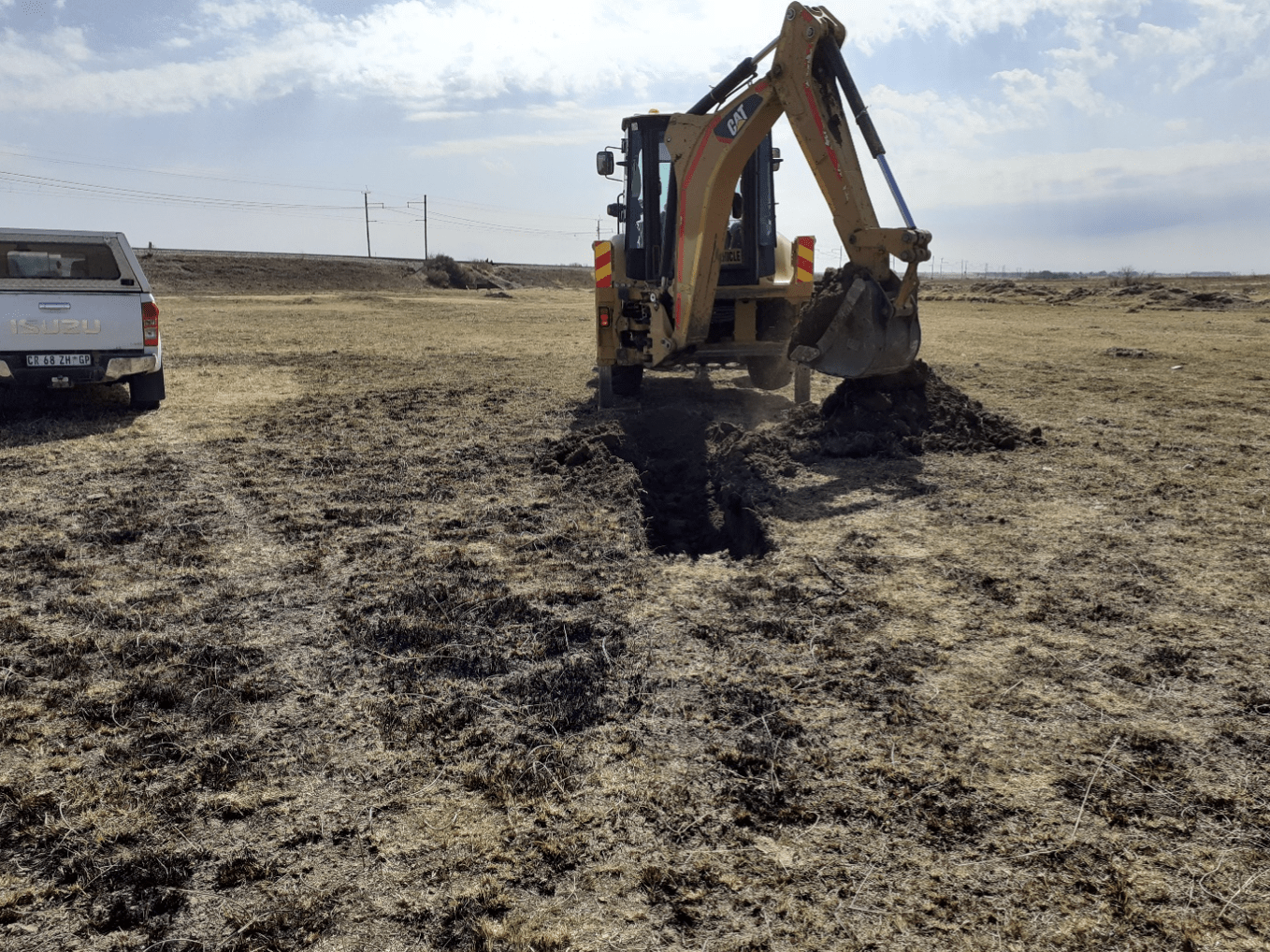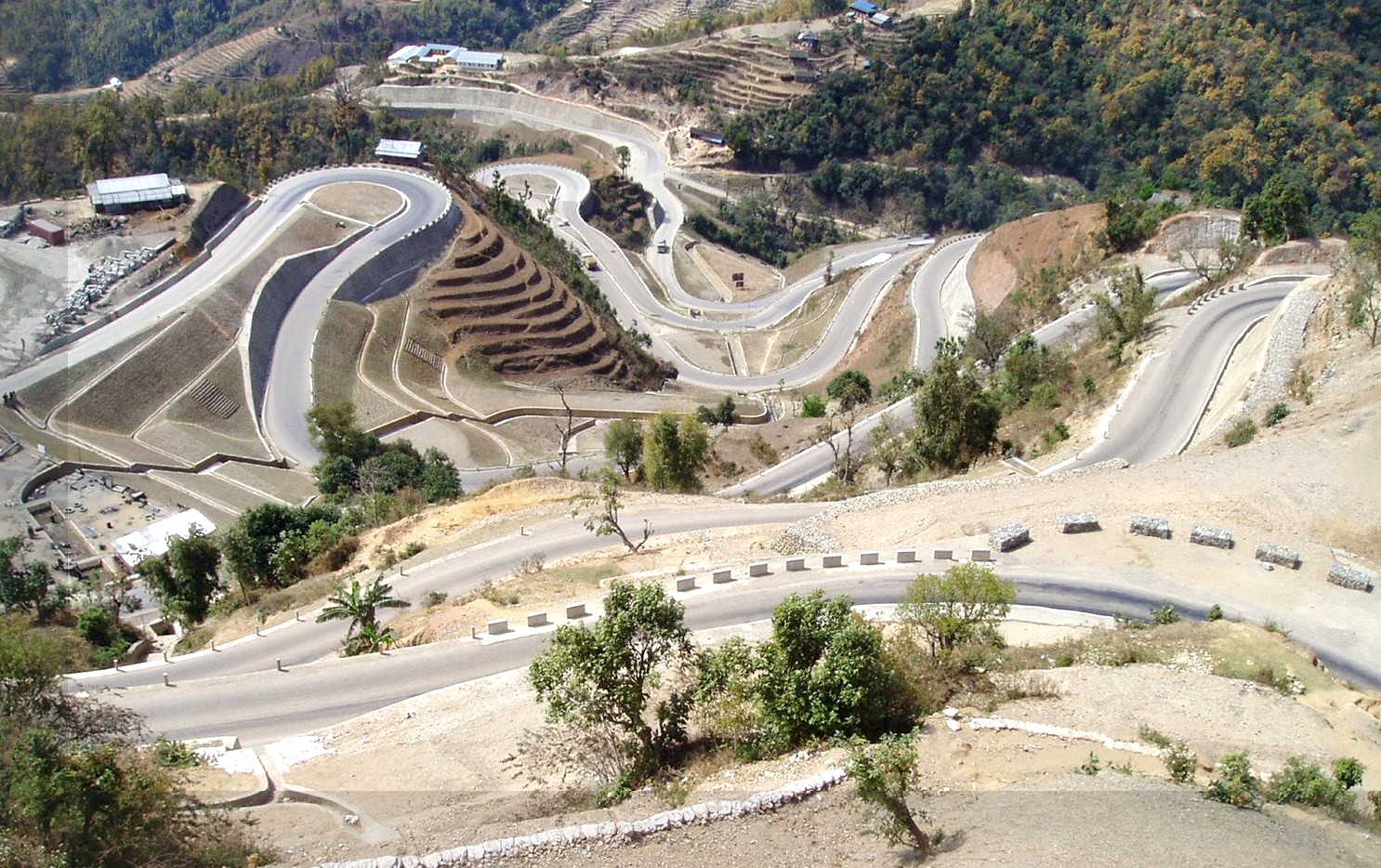Finding the Best Geotechnical Companies in South Africa: Key Considerations
Wiki Article
Checking Out the Interdisciplinary Nature of Geotechnical Engineering and Its Impact on Ground Enhancement and Structure Style
By integrating insights from structural, environmental, and geological techniques, geotechnical designers are outfitted to resolve complex dirt actions and site-specific challenges. This collective approach not only boosts the effectiveness of strategies such as soil stabilization and vibrant compaction yet additionally makes certain that projects stick to sustainability concepts.Introduction of Geotechnical Engineering
Geotechnical design is a vital branch of civil engineering that concentrates on the behavior of earth products and their communication with structures. This discipline encompasses the study of soil, groundwater, and rock, aiming to recognize their homes and how they affect the efficiency of civil design tasks. Geotechnical engineers assess the mechanical and hydraulic behavior of these materials to ensure the stability and safety and security of structures such as buildings, bridges, and keeping wall surfaces.The extent of geotechnical engineering consists of website investigations, dirt tasting, and testing, along with analysis of soil technicians and rock mechanics. Engineers make use of innovative techniques to assess ground problems, recognize prospective hazards, and design efficient ground improvement solutions. This may entail approaches such as dirt stablizing, grouting, and making use of geosynthetics, which enhance the stamina and toughness of the ground.
Moreover, geotechnical engineering plays an essential duty in foundation design, establishing suitable foundation kinds based on soil attributes and packing problems. By integrating rigorous screening and evaluation, geotechnical designers contribute significantly to the sustainability and durability of facilities, ensuring that structures can stand up to operational and environmental tensions gradually.
Key Interdisciplinary Relationships

In addition, ecological design plays an essential function in examining the influence of geotechnical tasks on the bordering environment. This collaboration is important for creating sustainable methods that lessen environmental degradation during excavation or ground improvement processes.
In addition, the assimilation of geotechnical design with geology boosts the understanding of subsurface conditions, helping with more accurate site characterizations (geotechnical companies in south africa). This relationship help in risk analysis, particularly in areas vulnerable to landslides or seismic activity, thus educating threat mitigation methods
Finally, developments in technology have actually resulted in interdisciplinary cooperation with data scientific research and geoinformatics. These fields add to boosted modeling and analysis methods, permitting much more exact forecasts of soil behavior under different problems. Thus, the interconnectedness of these disciplines enriches geotechnical engineering, promoting development and performance in structure design and ground improvement.
Ground Enhancement Techniques
Ground improvement strategies are essential techniques used to improve the engineering properties of dirt, thereby raising its load-bearing capability and security. These techniques are specifically important in areas where all-natural dirt conditions are inadequate for supporting architectural loads or where ecological elements might jeopardize soil honesty.Common ground renovation methods consist of soil compaction, which increases density and decreases void rooms, and grouting, which includes infusing materials into soil to fill gaps and bind particles together - about geotechnical engineering. Other methods consist of the installation of dirt nails and supports, which supply added support, and making use of geosynthetics to enhance soil frameworks. Deep mixing methods, such as soil-cement columns, can additionally significantly enhance the toughness and tightness of weak soils
Additionally, vibrant compaction and vibro-replacement methods are usually used to boost dirt buildings in situ. These methods can mitigate problems connected to negotiation and liquefaction, especially in seismic areas. By using a combination of these innovative strategies, geotechnical engineers can effectively attend to site-specific challenges, ensuring that the foundation systems will certainly carry out appropriately under expected loading conditions, hence contributing to overall job success.
Foundation Style Factors To Consider
Effective structure design factors to consider are vital for the durability and security of structures. A properly designed foundation has to appropriately sustain the tons of the structure while fitting dirt problems, environmental factors, and potential modifications in time. Key aspects include soil bearing capability, settlement qualities, and groundwater problems.Comprehending the dirt account with geotechnical examinations is crucial, as it educates the selection of foundation kind-- be it superficial, deep, or specialized techniques such as stack structures or mat structures. The anticipated loads, including live, dead, and ecological lots, should be precisely computed to make sure the structure can resist potential failing systems, such as sliding, reversing, or too much negotiation.
Furthermore, considerations for frost deepness, seismic task, and prospective soil liquefaction in seismic areas are vital. Furthermore, drainage and dampness control must be incorporated right into the foundation layout to alleviate problems associated with hydrostatic pressure and soil erosion.
Cooperation amongst engineers, engineers, and geotechnical experts is vital to develop an extensive structure layout that not only satisfies regulatory demands but also makes sure the long-term performance and safety and security of the structure. Inevitably, complete preparation and innovative solutions are required to address the intricacies integral in foundation style.
Study and Ideal Practices

One significant study involves the use of deep dirt blending in a high-rise building job in a seismic area. This technique considerably improved the soil's strength and security, allowing for a more secure and a lot more efficient foundation system (all about geotechnical engineering). The job highlighted the significance of selecting appropriate ground renovation techniques based on site-specific problems, consisting of soil type and loading requirements
One more instance is the application of dynamic compaction for improving the bearing capacity of weak soils below an industrial facility. This method efficiently minimized negotiation issues and improved overall site efficiency, demonstrating the effectiveness of integrating traditional design experiment modern technology.
Best methods derived from these situation researches highlight the requirement of detailed site examinations, collaboration amongst multidisciplinary groups, and the unification of advanced modeling tools. By taking on these lessons, geotechnical engineers can enhance structure styles and ground improvement techniques, inevitably bring about safer and a lot more lasting building and construction end results.
Conclusion
In verdict, the interdisciplinary nature of geotechnical engineering substantially improves ground renovation and foundation layout. By integrating principles from different engineering techniques, customized strategies are developed to address particular challenges associated to soil properties and environmental influences.The extent of geotechnical design includes site examinations, soil sampling, and testing, as well as evaluation of dirt mechanics and rock technicians. The relationship in between geotechnical engineering and architectural design is especially vital, as the performance of frameworks is heavily influenced by soil behavior and homes.Common ground improvement methods include soil compaction, which enhances density and minimizes void spaces, and grouting, which involves geotechnical engineer description injecting products into soil to fill up gaps and bind bits together. Various other methods include the installation of dirt nails and supports, which supply extra assistance, and the usage of geosynthetics to reinforce dirt frameworks. A well-designed foundation should properly sustain the load of the building while fitting dirt problems, ecological factors, and possible modifications over time.
Report this wiki page